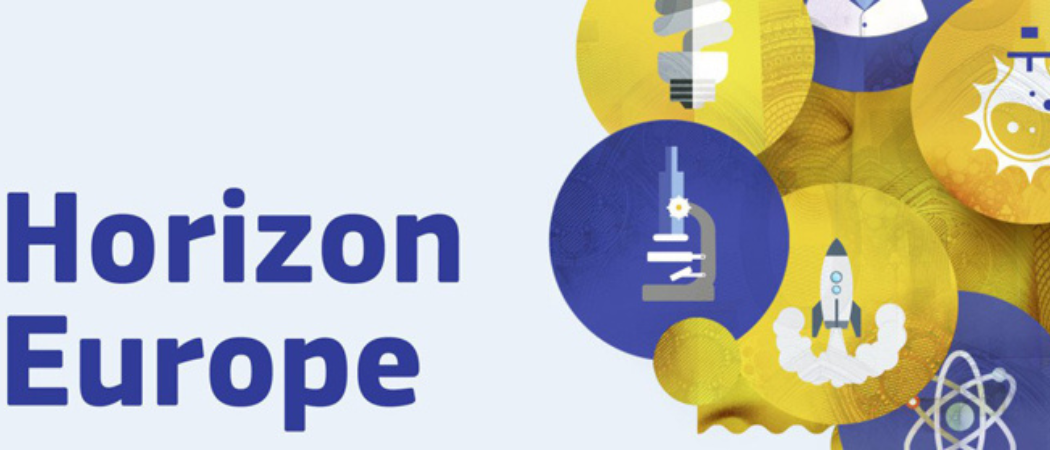Discover the top-funded countries and organisations in this snapshot from the newest edition of Horizon Europe: the Essential Guide

Photo credits: European Union
If you heed the official rhetoric, Framework Programmes have always been about advancing science, technology, competitiveness, harmony and other good things. But if you’re in Brussels, all you hear about is the money: who gets it, who doesn’t get it, and why? With these charts and tables, we focus on that bottom line.
These are from our analysis of the Commission’s public databases on Horizon Europe funding from its start in 2021 to mid-September 2024. You can dig deeper at the Commission’s Horizon Dashboard and its CORDIS database. Find our full 158-page newly updated essential guide to Horizon Europe here.
What kind of organisations get the most funding?
So far in Horizon, universities get the most – 35% of total awards since 2021. Coming second with 28% are private, for-profit organisations: a mix of multinationals and smaller companies. A close third are public research organisations, like Germany’s Max Planck Gesellschaft or France’s Centre National pour la Recherche Scientifique.
These ratios in Horizon Europe haven’t changed much from the prior programme, Horizon 2020. But over the longer term, the balance of corporate and university receipts has gradually shifted towards universities.
In part, that reflects how much European academia has come to depend on Horizon, with national budgets tightening. But it also reflects mounting multinational frustration with the Horizon bureaucracy and costs.
Disciplines that attract the most funding
This is how Horizon funding has been distributed by discipline since 2021. Parts of the programme are bottom up, others are dictated by policy needs and the Commission’s plans.
Horizon Europe’s main objectives are laid out in a plan that the Commission updated in 2024. The ambition is very grand. Horizon will work to help prevent climate Armageddon, preserve biodiversity, cure cancer, manage pandemics, support a digital transformation of European industry and society, care for an ageing population, support democracy and much, much more.
For some of these, it confirms spending targets: 35% of the seven-year budget for climate, 20% for small companies and €13 billion, or 14% for core digital technologies. For 2025 – 2027 it pledges 10% for biodiversity.
Funding by country
The distribution of Framework Programme money is a sore point inside and outside the EU. In Horizon 2020, 47% of the money went to the six founding EU members. So far in Horizon Europe, they have more than half of the money, led by Germany at 17%, France at 12%, Italy and the Netherlands at 9% each, Belgium at 7% and Luxembourg at 0.5%.
By contrast, the EU’s newest members – most in eastern Europe – have 7% in total. This is no accident. The programme’s contours have been shaped over years of struggle among the EU members to give their own researchers and companies the best possible shot at the money.
France pushes big R&D budgets for aviation and space (it helps Airbus, Thales, Aerospatiale). Germany makes sure there’s plenty of money for its huge auto, engineering, and pharma/chemical industries (Daimler, Siemens and BASF). The newer EU members also push for funding, but they are still catching up from years of Soviet-era underinvestment and, with some justification, feel excluded from the research establishment’s inner circle.
Top 25
Some organisations do exceptionally well. Here are the top 25 Horizon Europe recipients, among all types of organisations.
Editor’s note: This article is an excerpt from the 2024 edition of Horizon Europe: The essential guide. If this guide is for you, so is the Science|Business Funding Newswire, a specialised news channel to help you find your way and stay up to date in the fast-moving world of research funding.





 A unique international forum for public research organisations and companies to connect their external engagement with strategic interests around their R&D system.
A unique international forum for public research organisations and companies to connect their external engagement with strategic interests around their R&D system.